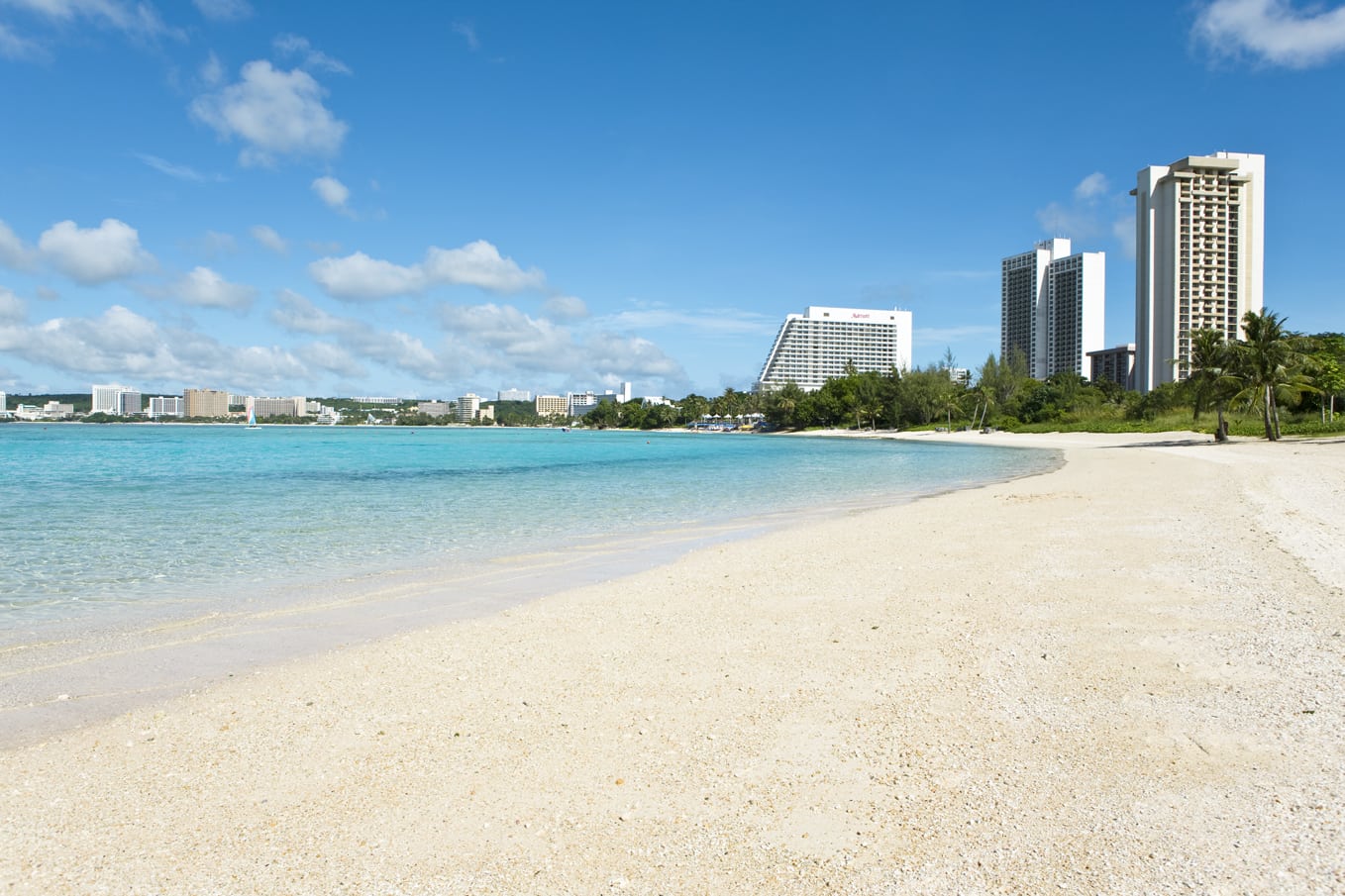Skift Take
Guam's approach is a mix of meeting visitors' expectations as well as improving quality of life for residents.
America is leading the world in destination development. Well, not exactly America. Just the U.S. Territory of Guam, a 209-square-mile island located between Hawaii and the Philippines.
They’ve been at it for over 20 years and are happy to credit their growth and successful word-of-mouth marketing with creative investments in their destination. Today, a third of Guam’s DMO staff now works on the development side.
Skift spoke with Nathan Denight, the Deputy General Manager of Guam’s Visitor Bureau and the point man of Guam’s five-person destination development team.
Skift: How does the development fit with your marketing strategy?
Nathan Denight: You can’t afford to just be marketing driven. You need that other side of it, because we’re competing against other trendy destinations that are developing quickly. We need to keep improving our product to keep up. Our research shows that the best marketing is word of mouth, and if you’re not delivering on your brand promise, then you can do all the marketing in the world, but customers won’t come back and new ones won’t come.
Skift: How did your DMO make the leap from marketing to funding destination development?
Denight: It started in the mid-1990s when we experienced a tourism boom and decided to finance development so Guam could be marketed competitively as a “modern destination.” My predecessors put in some sidewalks, lampposts and did a bit of landscaping in the main tourist area near the hotels that are funding us. We get our budget from a hotel occupancy tax.
Skift: How did it progress?
Denight: We started cleaning the main tourists beaches and fixing the main tourist roads when we saw that the public works department didn’t have the funding to get it done to high visitor standards.
Skift: What sort of feedback do you get?
Denight: If we don’t do it, we hear complaints. But we also hear complements. The beach and park we take care of, for example, are rated #1 and #2 on TripAdvisor. The hotels that fund us can’t really see what we do abroad, attending trade shows and paying for promotion, but these local projects help show them where the money is going. Plus, we can see the local community enjoying the improvements. In the area where we put in new sidewalks and lighting, for instance, is the most popular place for locals to jog in the evening.
Skift: How do you determine what needs to be done?
Denight: We do exit surveys, but some stuff is just obvious. For example, our public transport is lacking, but there are two private trolley services that visitors like to use. They have these signs on the sidewalk that serve as bus stops, but they clog up the sidewalk with people and the trolleys block traffic when they stop. Plus the visitors have to stand in the sun. So we’re in the process of building recessed bus stops with shelters that solve these problems.
Skift: How do you figure out what the city is supposed to pay for and what is your responsibility?
Denight: We have a lot of discussion about this. With the main tourist roads, for example, we agreed that we’d pay half and Guam Public Works would pay half, but then they just didn’t pay, so we ended up paying for the entire amount. Our autonomous organization is more nimble than the government so we get things done quicker and do them at a standard that visitors appreciate. In this instance, it sort of worked against us, but our chairman is pushing us to do more, especially where local government falls short.
Skift: What does your destination development budget look like now?
Denight: It has doubled in the last few years and is now at $5.1 million. (Our marketing budget, by comparison, is $13.5 million). We’ve broken our destination enhancement projects into five categories: Culture and Community ($750,000), Sports and Events ($850,000), Visitor Safety and Satisfaction ($950,000), Destination Maintenance ($1,085,000), and Capital Improvements ($1,500,000). Then there are specially funded projects like a new $30 million cultural museum now under construction.
Skift: What other projects are you working on these days?
Denight: We do everything from funding a marathon to paying for our indigenous Chamorro dance instructors to give lessons to installing security cameras in tourist areas to sponsoring a two-day music festival to landscaping visitor areas to inspecting the upkeep of the public bathrooms. One of our newest initiatives is to have roaming information ambassadors on Segways. We hired some retired police officers for the task as we want them to serve as an unarmed and friendly security presence as well.
Skift: Do you have proof that your efforts are paying off?
Denight: In the last three years, we’ve gone from $22 million to $32 million in occupancy tax collection. Our arrivals have gone up a bit over this period, but not close to this 50% revenue increase. The growth has come from higher room rates and package prices. Our product has improved and our image has improved, so the private sector has been able to charge more.
Guam at a Glance
- Population: 160,000
- Annual Visitors: 1.34 million
- Typical Visitor: Asian family or Asian office worker
- Why They Visit: Combo of beach and duty-free shopping
- Top 3 Markets: 1) Japan: 3-hr flight 2) Korea: 4-hr flight 3) Taiwan 4-hr flight
- Up and Coming Market: Russians (from the east coast of Russia)
- Total DMO Budget: $22.5 million
- DMO Funded By: Hotel Occupancy Tax
The Daily Newsletter
Our daily coverage of the global travel industry. Written by editors and analysts from across Skift’s brands.
Have a confidential tip for Skift? Get in touch
Photo credit: Beach kept clean by Guam's tourist board. VisitGuam.org
